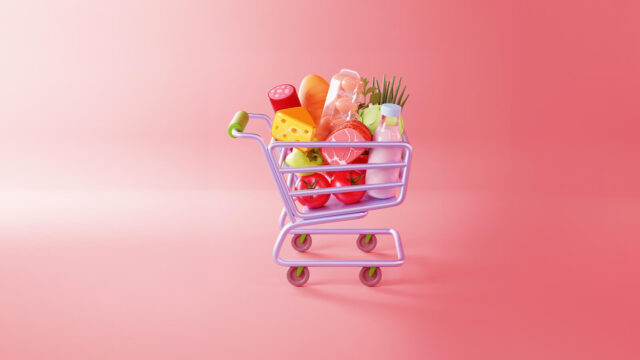Shrinkflation is taking a hit on your wallet
Currently, many conversations about the economy are dominated by the sour topic of inflation, but not many are talking about shrinkflation.

The pack of crisps you used to buy one year ago seems to have more air than the crisps.
The margarine you spread on your bread doesn’t last you as long as it used to.
And since we are talking about bread, compared to the last few years, have you noticed the loaf of bread you buy has fewer slices? It’s moved from 16 to 13.
If you’ve noticed you’re getting less while your bill at the counter stays the same, you’re not the only one, and it’s not just happening to the brands you’re buying. Currently, many conversations about the economy are dominated by the sour topic of inflation, but not many are talking about shrinkflation.
From sweets, biscuits, drinking chocolate, and margarine to bread, manufacturers are shrinking the size of their products while consumers continue to pay the same price or more.
The term shrinkflation is a combination of the two words, shrink and inflation. The “shrink” in shrinkflation relates to the change in product size, while the “-flation” part refers to inflation—the rise in the cost of the goods.
Basically, shrinkflation is a form of hidden inflation. Most companies are aware that their customers will likely spot an increase in the cost of an item; therefore, they opt to reduce the size of the item instead.
This is because companies are mindful that minimal shrinkage will probably go unnoticed.
Therefore, more money is squeezed out of the consumer not by hiking prices but by charging the same amount for a package containing a little bit less.
According to a research paper by Science Direct, most consumers are more sensitive to a price increase than to package downsizing.
Even so, the research paper notes that this practice can result in negative consumer brand perceptions and intentions to repurchase the product, and to static or declining unit sales volume over time.
As a regular customer of a certain product, you may or may not have noticed if the item you purchase has been shrunk, watered down, or generally not made as good as it used to be.
As Kenyans continue to grapple with the high cost of living, manufacturers are also bearing the brunt with issues such as rising raw material costs, supply chain backlogs, and higher labour costs, this then means that consumers will shoulder the spiking production expenses.
While shrinkflation leaves customers feeling like they are receiving less value for their money, it is legal practice as long as manufacturers seek consent from the Kenya Bureau of Standards (KEBS).
Kenya’s cost of living increased slightly in January, attributed to the upward pressure on foodstuffs and higher costs of school fees, electricity, and clothing.
Inflation, a measure of the increase in the cost of goods and services over the previous year, increased to 6.9 per cent from 6.6 per cent in December, according to Kenya National Bureau of Statistics (KNBS) data.
The increased cost of food has forced many households to reduce their shopping basket, and this, coupled with shrinkflation means less for more.
The effectiveness of shrinkflation as a pricing strategy appears to vary across different types of goods and markets.
But there is one way you can avoid shrinkflation, by paying attention to the unit price of what you’re purchasing.
Aside from doing the math on the price per unit of your favourite products, you can also avoid shrinkflation by buying unprocessed foods, like tomatoes, from the market or the small shop right outside your door, rather than pre-packaged products.
Also, while you may feel a strong brand loyalty to a particular product, shrinkflation may push you to be open to other brands that offer a similar product but at the value you previously received.
